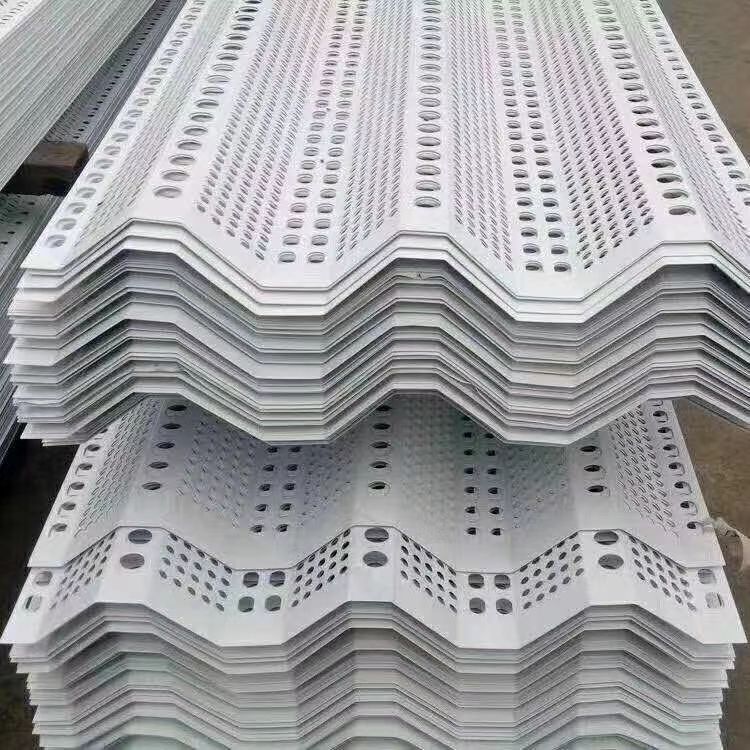Understanding Perforated Sheet Sizes and Their Applications
Perforated sheets are versatile materials widely used in various industries due to their unique properties. They are sheets of material, usually metal, plastic, or glass, that feature a pattern of holes punched through them. These holes can vary in size and pattern, which significantly influences the sheet's applications. Understanding the sizes of perforated sheets is crucial for selecting the right material for specific projects.
What are Perforated Sheets?
Perforated sheets are made by puncturing a flat surface with holes, which can be round, square, or any other shape. The process of perforation can be performed using several methods, such as laser cutting, rotary punching, or die stamping. The resulting sheets maintain strength while being lightweight, making them ideal for a variety of applications. Common materials used for perforated sheets include stainless steel, aluminum, copper, and plastic composites.
Importance of Size
The size of a perforated sheet plays a pivotal role in its performance and suitability for different applications. Key factors to consider when evaluating perforated sheet sizes include
1. Hole Diameter The diameter of the holes determines the flow of air, water, or other substances through the perforated sheet. Larger holes facilitate higher flow rates but may compromise structural integrity, while smaller holes provide better support but restrict flow.
2. Pitch This term refers to the distance between the centers of adjacent holes. A tighter pitch can lead to increased material strength but may also reduce airflow or visibility, making it essential to balance the two according to the intended use.
3. Thickness The thickness of the base material affects durability, weight, and handling properties of the perforated sheet. Thicker sheets are more robust and can withstand higher stress or loads but may be more challenging to work with.
perforated sheet sizes

4. Overall Dimensions Perforated sheets are available in various standard sizes, but custom dimensions can also be fabricated. The overall size should align with the requirements of the project, whether it’s for architectural facades, filtration systems, or decorative elements.
Applications of Perforated Sheets
Perforated sheets have found their way into numerous applications, each taking advantage of their unique properties
- Architecture and Design In construction, perforated sheets are often used in facades and interior design for aesthetic appeal, allowing light and airflow while providing privacy.
- Industrial Filtration In manufacturing, perforated sheets serve as filters in various processes, allowing selective passage of materials while retaining larger particles.
- Soundproofing Perforated sheets are also utilized in acoustics to control sound transmission in buildings and auditoriums, efficiently absorbing or deflecting sound.
- Agriculture These sheets can be used in agricultural applications such as drainage covers and compost bins, allowing for aeration and moisture control.
Conclusion
Choosing the right perforated sheet size is essential for achieving desired results in various industries. By understanding the significance of hole diameter, pitch, thickness, and overall dimensions, one can make informed decisions that meet specific project requirements. As materials technology continues to evolve, the potential applications for perforated sheets will expand, offering even more innovative solutions across diverse fields. Whether for functional use or aesthetic purposes, perforated sheets are undoubtedly a valuable resource in modern manufacturing and design.
-
Versatility of Expanded Aluminum Metal for Various Applications
NewsMay.19,2025
-
The Geometry of Steel Gratings: Why It Matters
NewsMay.19,2025
-
Reinforcement Applications of Perforated Mesh in Masonry
NewsMay.19,2025
-
Essential Tools for Installing a Deck Mesh Railing
NewsMay.19,2025
-
Anti-Slip Flooring Made with Stainless Expanded Mesh
NewsMay.19,2025
-
Adjustable Steel Grating for Uneven Terrain
NewsMay.19,2025
Subscribe now!
Stay up to date with the latest on Fry Steeland industry news.

